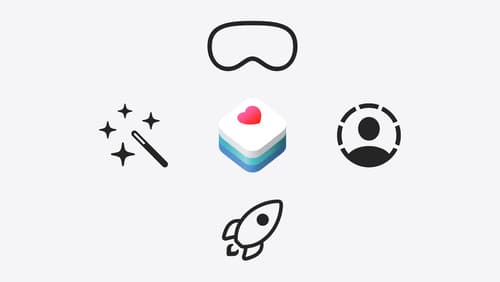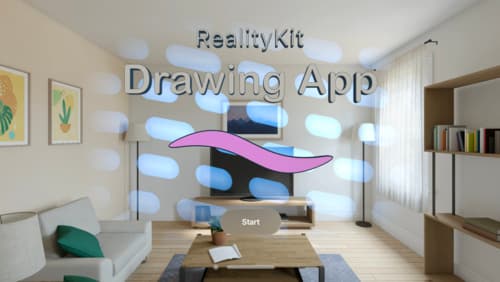When rotating a swiftui view in visionOS is there any way to cull the backface?
Asked on 2024-09-22
1 search
In visionOS, when rotating a SwiftUI view, you can control the viewpoints that are supported using the supportedVolumeViewpoints view modifier. This allows you to specify which viewpoints are supported, such as the front and sides, and exclude others like the back. This effectively prevents the backface from being visible or interactive, which can be useful if you want to cull the backface of a view.
For more details, you can refer to the session Dive deep into volumes and immersive spaces (11:36).

Get started with HealthKit in visionOS
Discover how to use HealthKit to create experiences that take full advantage of the spatial canvas. Learn the capabilities of HealthKit on the platform, find out how to bring an existing iPadOS app to visionOS, and explore the special considerations governing HealthKit during a Guest User session. You’ll also learn ways to use SwiftUI, Swift Charts, and Swift concurrency to craft innovative experiences with HealthKit.

Build a spatial drawing app with RealityKit
Harness the power of RealityKit through the process of building a spatial drawing app. As you create an eye-catching spatial experience that integrates RealityKit with ARKit and SwiftUI, you’ll explore how resources work in RealityKit and how to use features like low-level mesh and texture APIs to achieve fast updates of the users’ brush strokes.

Migrate your TVML app to SwiftUI
SwiftUI helps you build great apps on all Apple platforms and is the preferred toolkit for bringing your content into the living room with tvOS 18. Learn how to use SwiftUI to create familiar layouts and controls from TVMLKit, and get tips and best practices.
